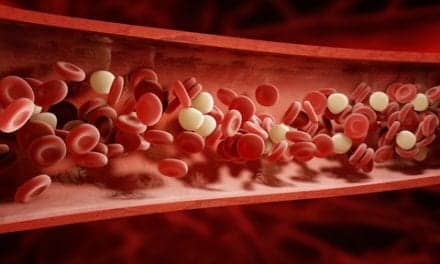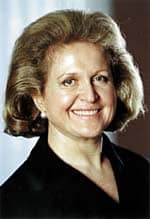Going Back for Seconds

Six respiratory therapists from the United States—one also a registered nurse—visited Vietnam on July 19 through August 3, 2002. The Vietnam Ministry of Health invited our group to present a 2-week respiratory care course designed for their physicians and nurses. The National University of Medicine and Pharmacy at Ho Chi Minh City (HCMC) hosted the conference. The university graduates approximately 300 physicians and 100 dentists yearly in addition to 40 to 50 physicians who return for graduate specialty training each year.
The conference drew more than 400 attendees (260 doctors, 80 nurses, and 70 medical support personnel) who represented all provinces of Vietnam. The attendees were supported by their regional Ministry of Health as well as by the national Ministry of Health.
Preparation
Course design, course objectives, and focus needed to be decided very early—in our case as much as 9 months in advance. Ultimately, 42 lectures were designed and 42 PowerPoint presentations developed.
Each presentation was given in English and translated into Vietnamese, and the speakers gave small bits of information followed by interpretations. PowerPoint slides were projected during class with printed handouts translated and reprinted in Vietnamese for each attendee.
The course schedule featured lectures in the morning and laboratory demonstrations after lunch. Topics were grouped into blocks. Afternoon sessions served two purposes. First, demonstrations included train-the-trainer preparation, which was videotaped. Second, audience members were invited to the stage for hands-on experience with equipment, supplies, techniques, and interaction with the faculty. The laboratories were somewhat limited due to lack of devices and supplies. In addition, several case studies led participants through patient management situations, and at the close of each day, question and answer periods addressed participants’ concerns.
Course topics included basic sciences and physiology for respiratory care; gas, aerosol, humidity therapy, airway care, and lung expansion therapy; patient assessment, monitoring, and diagnostics; pulmonary rehabilitation, sleep medicine, and neonatal/pediatric care; mechanical ventilation, patient transport, pain management, and ACLS; administrative procedures; and the history of respiratory care.
Tour of Cho Ray Hospital
One professional highlight was the tour of Cho Ray Hospital. We met with hospital leaders and then visited the intensive care unit (ICU) and emergency department (ED). The ICU was a long ward with 60 beds, although it was originally designed for 32 beds. An entry area also served as a recovery room for postoperative patients. There were limited piped oxygen outlets (supplemented by cylinders), five different types of ventilators, and various monitors. Numerous procedures caught our attention, including ventilator and airway care and humidity therapy. The ICU physicians sought constructive comments that we gave and were well received.
The ED was busy and we observed various cases including numerous head injuries—mostly due to motorcycle riders’ refusal to wear helmets even though they are mandated by government decree. The vast majority of motor vehicles in HCMC’s heavy traffic are motorcycles interspersed with cars, buses, trucks, handcarts, pedicabs, and peditrucks.
The ED physician in charge said that there are approximately 100 head injuries treated daily in HCMC with an unknown number that are untreated. Cho Ray sees 200 patients a day during the week and more than 300 per day on weekends and holidays with more than one third of these ED patients suffering from head injuries. We observed two patients being manually ventilated by what appeared to be family members. There was some indication that disposable hospital supplies were reused over the long term. If so, then material deterioration and infection rates would be increased, contributing to poor outcomes. In addition to the physician and nursing staff, we were introduced to one “technician,” who, from what we could discern, was in charge of the technology in the ICU—but not its application.
Closing Ceremony
At the closing ceremony, our hosts offered congratulations, parting gifts, and numerous good-byes. A bound course proceedings publication, in Vietnamese and English, was also given to each of our faculty members. They asked us to return for a third conference next year and recommendations for course improvement included planning for technical support, logistics to provide for equipment and supply needs, and direct training of hospital staff within their ICU. Finally, preparations for formal respiratory care training as a profession in Vietnam had begun.
Paul J. Mathews, PhD, RRT, FCCP, FCCM, FAARC, is associate professor of respiratory care education at the University of Kansas Medical Center, Kansas City.









